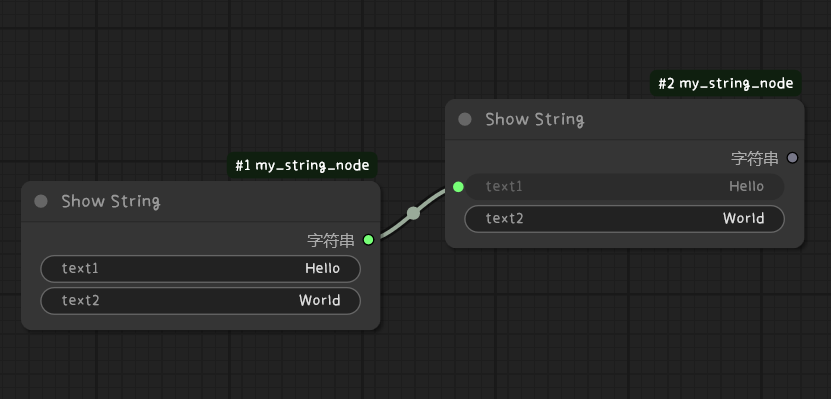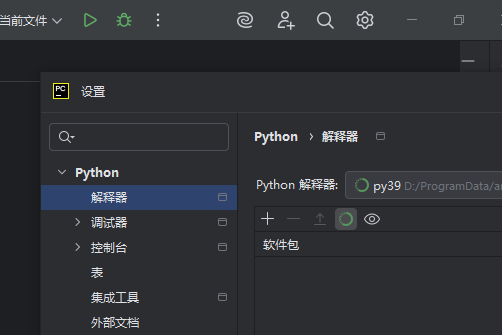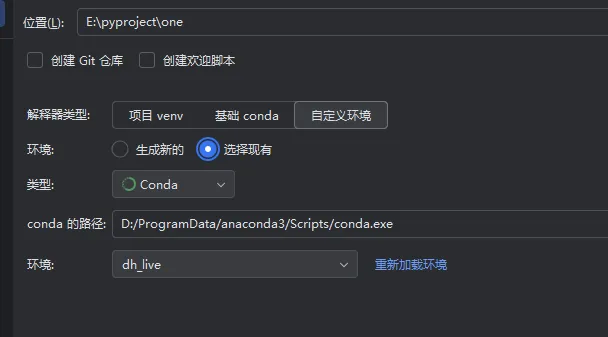import pydirectinput
import time
import random
from typing import Tuple, Optional
class AutoClicker:
def __init__(self):
# 初始化自动点击器
# 设置 pydirectinput 参数
pydirectinput.FAILSAFE = True # 启用故障安全(移动鼠标到左上角停止)
pydirectinput.PAUSE = 0.1 # 操作间隔时间
def click_at_position(self, x: int, y: int, button: str = "left", clicks: int = 1):
"""
在指定位置点击
Args:
x: X 坐标
y: Y 坐标
button: 鼠标按钮 ("left", "right", "middle")
clicks: 点击次数
"""
try:
pydirectinput.click(x, y, button=button, clicks=clicks)
print(f"在位置 ({x}, {y}) 点击了 {clicks} 次 {button} 键")
except Exception as e:
print(f"点击失败: {e}")
def move_to_position(self, x: int, y: int):
"""
移动鼠标到指定位置
Args:
x: X 坐标
y: Y 坐标
"""
try:
pydirectinput.moveTo(x, y)
print(f"鼠标移动到位置 ({x}, {y})")
except Exception as e:
print(f"移动鼠标失败: {e}")
def drag_and_drop(self, start_x: int, start_y: int, end_x: int, end_y: int):
"""
拖拽操作
Args:
start_x: 起始 X 坐标
start_y: 起始 Y 坐标
end_x: 结束 X 坐标
end_y: 结束 Y 坐标
"""
try:
pydirectinput.moveTo(start_x, start_y)
pydirectinput.mouseDown(button="left")
time.sleep(0.1)
pydirectinput.moveTo(end_x, end_y)
time.sleep(0.1)
pydirectinput.mouseUp(button="left")
print(f"从 ({start_x}, {start_y}) 拖拽到 ({end_x}, {end_y})")
except Exception as e:
print(f"拖拽失败: {e}")
def double_click(self, x: int, y: int):
"""
在指定位置双击
Args:
x: X 坐标
y: Y 坐标
"""
self.click_at_position(x, y, clicks=2)
def right_click(self, x: int, y: int):
"""
在指定位置右键点击
Args:
x: X 坐标
y: Y 坐标
"""
self.click_at_position(x, y, button="right")
def scroll(self, x: int, y: int, direction: str = "down", clicks: int = 3):
"""
在指定位置滚动
Args:
x: X 坐标
y: Y 坐标
direction: 滚动方向 ("up" 或 "down")
clicks: 滚动次数
"""
try:
pydirectinput.moveTo(x, y)
if direction == "down":
pydirectinput.scroll(-clicks) # 向下滚动
else:
pydirectinput.scroll(clicks) # 向上滚动
print(f"在位置 ({x}, {y}) {direction} 滚动了 {clicks} 次")
except Exception as e:
print(f"滚动失败: {e}")
def get_mouse_position(self) -> Tuple[int, int]:
"""
获取当前鼠标位置
Returns:
鼠标坐标 (x, y)
"""
try:
x, y = pydirectinput.position()
return (x, y)
except Exception as e:
print(f"获取鼠标位置失败: {e}")
return (0, 0)
def click_sequence(self, positions: list, delay: float = 1.0):
"""
按顺序点击多个位置
Args:
positions: 位置列表,每个元素为 (x, y) 或 (x, y, button, clicks)
delay: 每次点击之间的延迟时间
"""
print(f"开始执行点击序列,共 {len(positions)} 个位置")
for i, pos in enumerate(positions):
if len(pos) == 2:
x, y = pos
self.click_at_position(x, y)
elif len(pos) == 4:
x, y, button, clicks = pos
self.click_at_position(x, y, button, clicks)
if i < len(positions) - 1: # 不是最后一个位置
time.sleep(delay)
print(f"等待 {delay} 秒...")
print("点击序列执行完成")
def demo_usage():
"""演示使用方法"""
print("=== PyDirectInput 自动点击程序演示 ===")
print("注意:移动鼠标到屏幕左上角可以停止程序")
# 创建自动点击器实例
clicker = AutoClicker()
# 等待用户准备
print("\n程序将在 3 秒后开始演示...")
time.sleep(3)
# 获取当前鼠标位置
current_pos = clicker.get_mouse_position()
print(f"当前鼠标位置: {current_pos}")
# 演示各种操作
print("\n1. 移动鼠标到屏幕中央")
clicker.move_to_position(960, 540) # 假设 1920x1080 屏幕
print("\n2. 左键点击")
clicker.click_at_position(960, 540)
print("\n3. 右键点击")
clicker.right_click(1000, 540)
print("\n4. 双击")
clicker.double_click(1040, 540)
print("\n5. 拖拽操作")
clicker.drag_and_drop(800, 400, 1100, 600)
print("\n6. 滚动操作")
clicker.scroll(960, 540, "down", 5)
print("\n7. 执行点击序列")
positions = [
(800, 400),
(900, 400),
(1000, 400),
(1100, 400),
(1200, 400)
]
clicker.click_sequence(positions, delay=0.5)
print("\n演示完成!")
def custom_clicking():
"""自定义点击功能"""
clicker = AutoClicker()
print("\n=== 自定义点击模式 ===")
print("输入坐标进行点击,输入 'q' 退出")
while True:
try:
user_input = input("\n请输入坐标 (格式: x,y 或 x,y,button,clicks): ").strip()
if user_input.lower() == 'q':
print("退出程序")
break
# 解析输入
parts = user_input.split(',')
if len(parts) == 2:
x, y = map(int, parts)
clicker.click_at_position(x, y)
elif len(parts) == 4:
x, y, button, clicks = int(parts[0]), int(parts[1]), parts[2], int(parts[3])
clicker.click_at_position(x, y, button, clicks)
else:
print("格式错误!请使用 x,y 或 x,y,button,clicks 格式")
except ValueError:
print("输入格式错误!请输入有效的数字")
except KeyboardInterrupt:
print("\n程序被中断")
break
if __name__ == "__main__":
try:
# 运行演示
demo_usage()
# 询问是否继续自定义点击
choice = input("\n是否继续自定义点击?(y/n): ").strip().lower()
if choice == 'y':
custom_clicking()
except Exception as e:
print(f"程序运行出错: {e}")
print("请确保已安装 pydirectinput: pip install pydirectinput")




